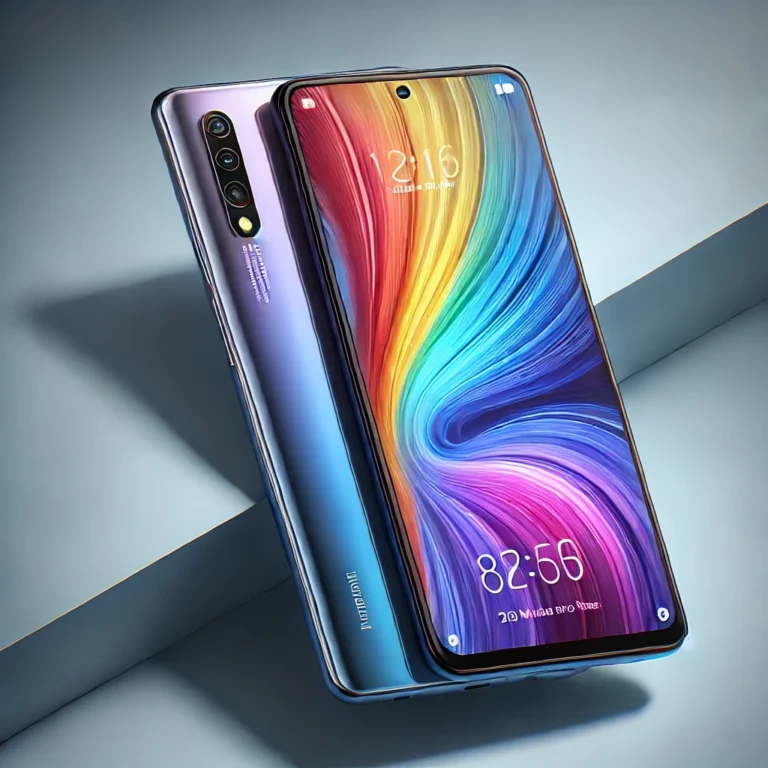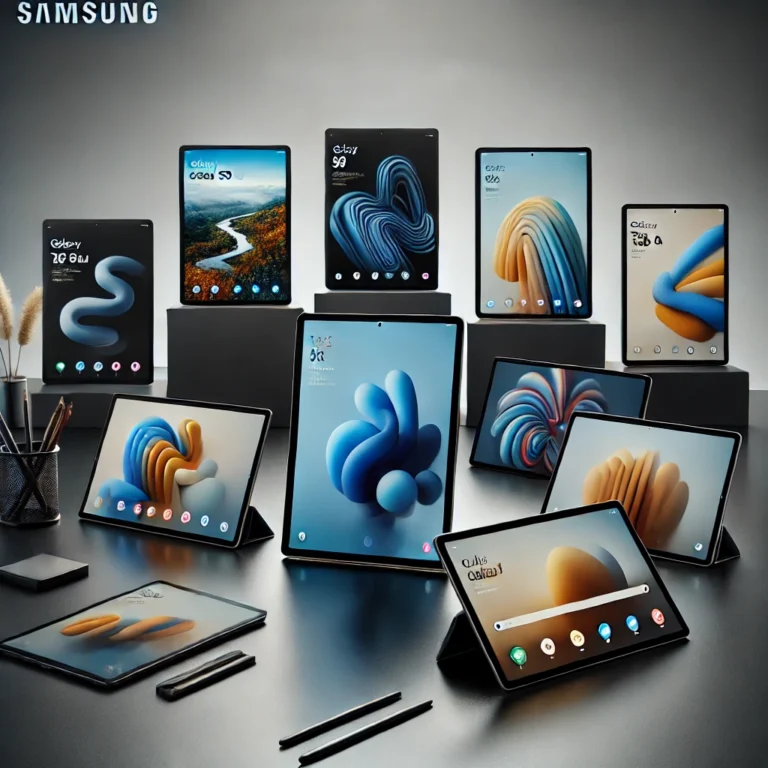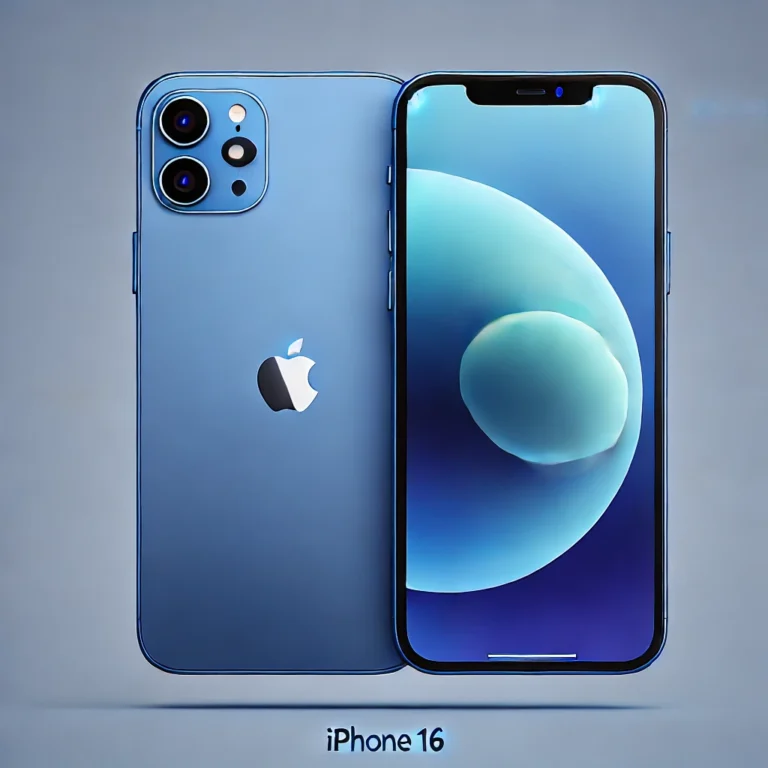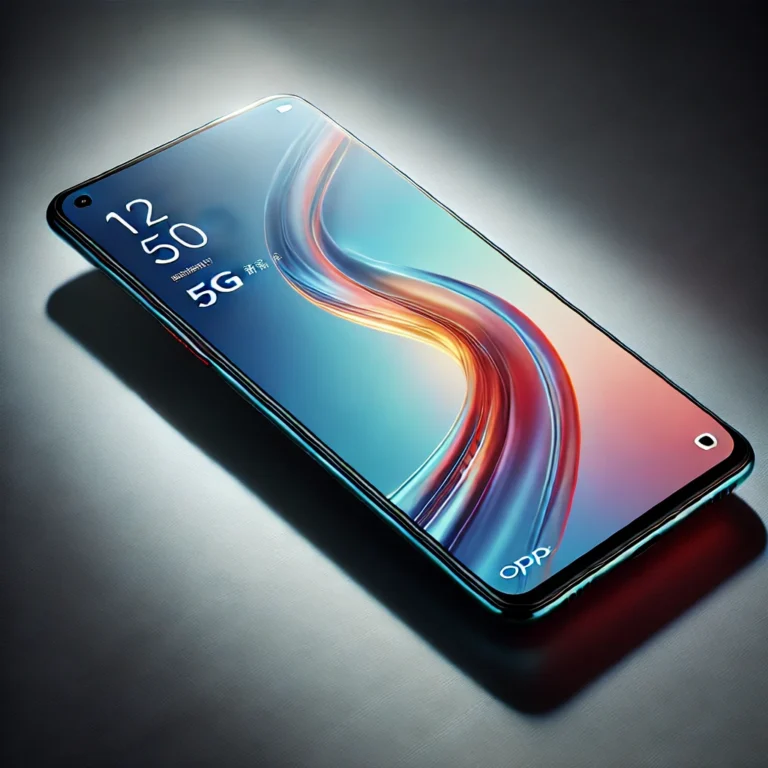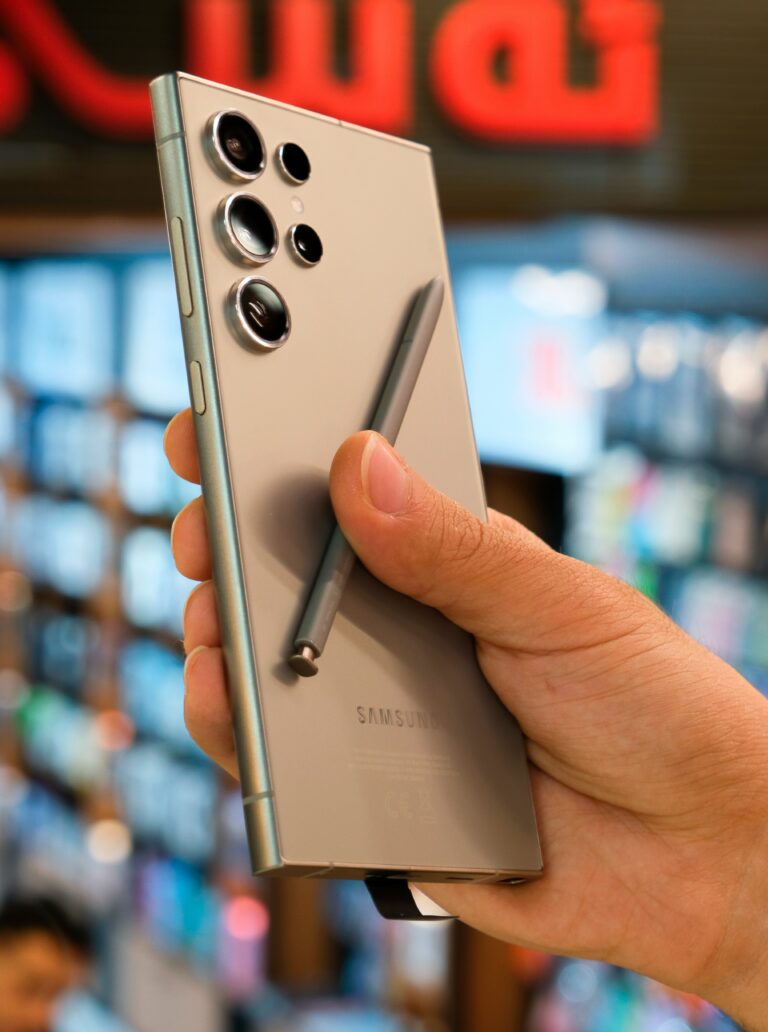Most Amazing Foldable Phones in Market
The Growing Competition in the Foldable Mobile Phone Market
The foldable mobile phone market has rapidly evolved in recent years, becoming a significant battleground for leading smartphone manufacturers. The competition in this sector is intensifying as major players—such as Samsung, Huawei, Motorola, Google, and others—vie for dominance, pushing innovation and design to new levels. These devices, which combine the functionality of both a smartphone and a tablet, represent a paradigm shift in the industry and a response to the growing consumer demand for larger screens and more versatile technology.
In 2024, the race to lead the foldable market has become more intense, and each vendor is attempting to carve out its share by offering unique designs, advanced technology, and superior user experiences.
Samsung: The Pioneer
Samsung is widely recognized as the pioneer in the foldable phone market, introducing its first foldable model, the Galaxy Fold, in 2019. Since then, it has maintained a leading position in the segment with a steady stream of innovations and upgrades to its foldable line. Samsung’s Galaxy Z Fold and Z Flip series have been industry benchmarks in foldable technology, offering book-style and clamshell designs, respectively.
The Galaxy Z Fold 5, for example, features a large, tablet-like screen when unfolded, providing an immersive experience for gaming, productivity, and entertainment. The Z Flip 5 offers a more compact and affordable option, appealing to a different demographic with its sleek, pocket-sized clamshell design.
Samsung’s dominance stems from its ability to perfect both the hardware and software integration for foldable phones. The company has invested heavily in developing Ultra-Thin Glass (UTG), hinge durability, and optimized user interfaces to ensure foldables are as seamless and reliable as traditional smartphones. Moreover, Samsung continues to partner with app developers to ensure that popular apps work flawlessly on its foldables’ larger screens.
Huawei: The Challenger
In 2024, Huawei overtook Samsung as the market leader in foldable phones, largely thanks to its success in the Chinese market. The company’s flagship foldable, the Huawei Mate X5, has earned praise for its advanced 5G capabilities, sleek design, and innovative hinge mechanism. Huawei’s foldables stand out due to their superior hardware quality, particularly in screen technology, where the company excels in producing high-resolution, flexible OLED displays.
Despite being impacted by U.S. sanctions that have limited its access to certain software and components, Huawei continues to push boundaries in hardware innovation. Its foldables are equipped with Kirin chipsets, which are developed in-house, and its devices run on the company’s HarmonyOS, a direct competitor to Google’s Android. This allows Huawei to maintain a competitive edge, especially in China, where it dominates the premium smartphone market.
Huawei’s rise in the foldable segment is not only a testament to its design prowess but also its ability to deliver a premium user experience. The Mate X5 series emphasizes a seamless transition between folded and unfolded modes, and the inclusion of high-end features, like a periscope zoom camera and superfast charging, has made the device a strong contender globally.
Motorola: Nostalgia Meets Innovation
Motorola has capitalized on nostalgia to make its mark in the foldable market. Its Motorola Razr series, which revives the iconic Razr flip phone of the early 2000s, has been a standout in the clamshell category. The latest iteration, the Motorola Razr 40 Ultra, combines cutting-edge technology with a retro design, appealing to users who want a compact device without sacrificing screen size.
Motorola’s competitive advantage lies in its ability to deliver a clamshell foldable with a focus on style, portability, and ease of use. The external display, for example, allows users to interact with notifications, messages, and quick settings without having to open the device fully. This has helped Motorola attract a niche market of consumers who prefer a smaller, more stylish form factor without the bulk of a traditional smartphone.
Google: The New Entrant
Google made its debut in the foldable market with the release of the Pixel Fold in 2023, entering a highly competitive arena dominated by established players like Samsung and Huawei. The Pixel Fold emphasizes Google’s strength in software, particularly its ability to leverage Android to provide a more fluid and adaptable experience on foldable screens.
What sets the Pixel Fold apart is its tight integration with Google’s ecosystem, offering exclusive features such as AI-driven camera improvements and seamless multitasking abilities. With Google’s expertise in artificial intelligence and software, the Pixel Fold is optimized for productivity, enabling users to run multiple apps side by side, making full use of the large display.
Google’s strategy appears to focus on leveraging its strength in software rather than competing head-to-head in hardware innovation. The Tensor G2 chip, Google’s custom processor, powers the device, offering optimized performance, and the foldable comes with enhanced photography features that make use of Google’s computational photography expertise.
Other Competitors
Other brands like Honor, Oppo, and Xiaomi have also entered the foldable market, primarily targeting the Asian market. Honor’s Magic V2 has gained traction in Europe and Asia, thanks to its slim profile and competitive pricing. Xiaomi’s Mix Fold 3 and Oppo’s Find N3 have gained attention for their affordable price points and attractive designs, which are critical for expanding the foldable market beyond premium buyers.
These brands are focusing on delivering foldable phones with unique form factors and features, providing competition at various price tiers. As more players enter the market, consumers will benefit from increased innovation and more affordable foldable devices.
The Future of Foldable Phones
As foldable phones continue to evolve, the competition will likely heat up further, with each brand striving to differentiate itself in terms of design, features, and pricing. Future innovations will likely focus on improving durability, reducing weight, and enhancing the user interface to take full advantage of the larger displays. Moreover, the competition between book-style and clamshell foldables will continue, as brands explore ways to make foldable phones more accessible to a wider audience.
By 2025, foldable phones are expected to become mainstream, with an increasing number of models at different price points. As the market expands, it will be exciting to see which vendors can maintain a lead in this rapidly growing and competitive space.

